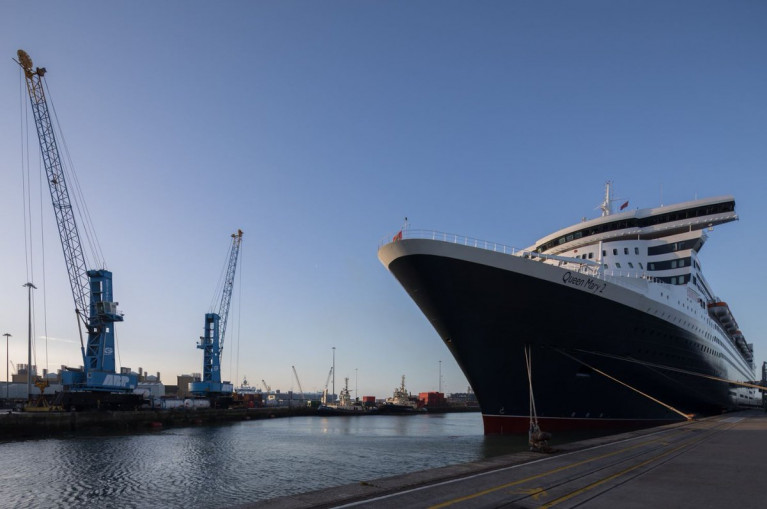The naval architect who designed Cunard’s flagship cruiseship / ocean liner Queen Mary 2, has backed Belfast’s Harland & Wolff shipyard to build a new UK flagship vessel aimed at promoting Britain around the world.
Stephen Payne, a past President of the Royal Institution of Naval Architects (RINA) - has a proposal for a ship considerably bigger than the former royal yacht Britannia, decommissioned in 1997 after 43 years in service.
“My vision is for a British promotion ship encompassing exhibition, conference, trade, youth, cultural and tourism — which if built in Belfast, would showcase shipbuilding and capabilities in Northern Ireland,” he said.
“Harland and Wolff are very capable of building a prestige ship of this scale.
“Infrastrata (the yard’s owners) come across as very dynamic.
“Something like this would be a tremendous opportunity for them.
“It is a comprehensive British promotion platform encompassing everything Britannia did and much more besides,” he said.
Further reading from the Belfast Telegraph here.


























































